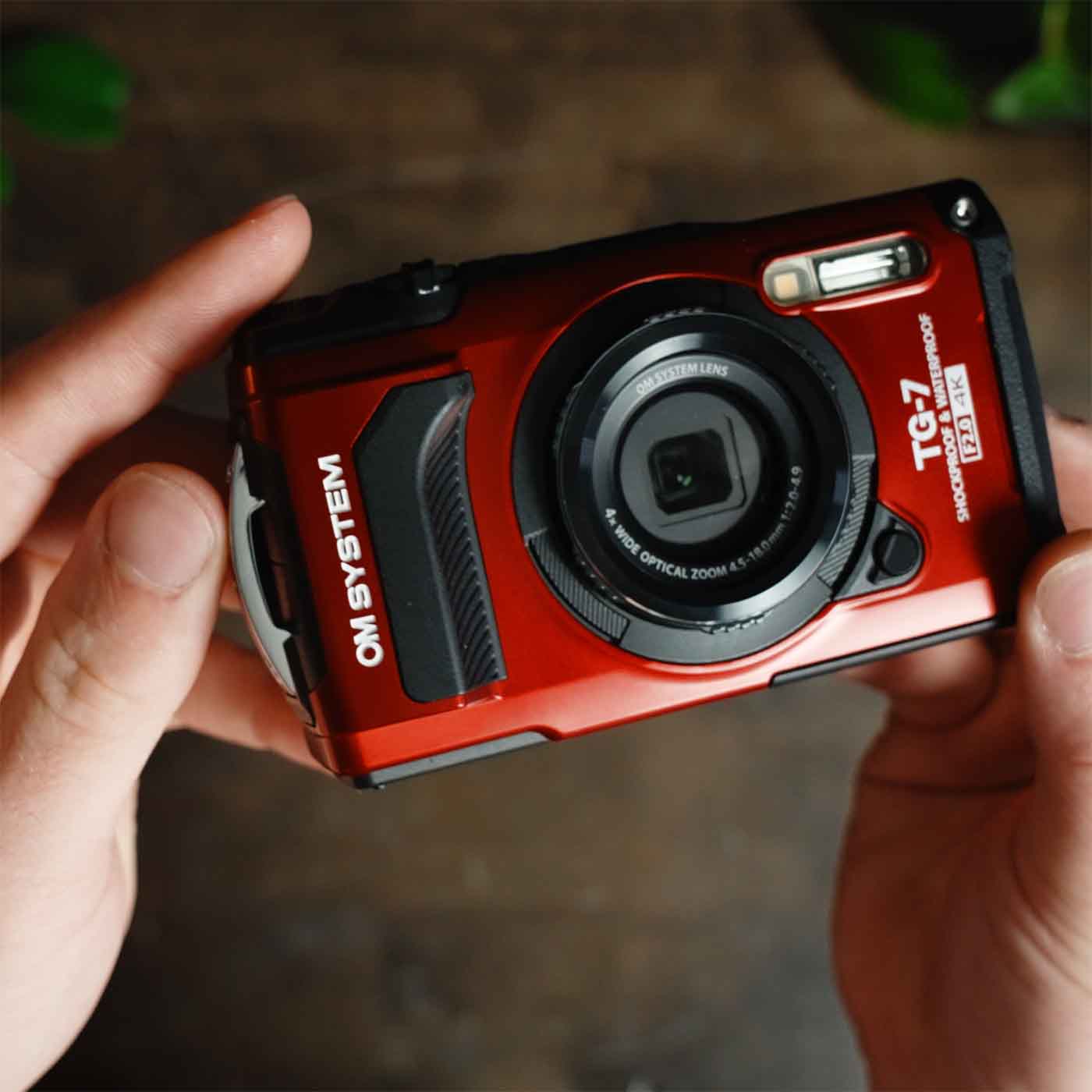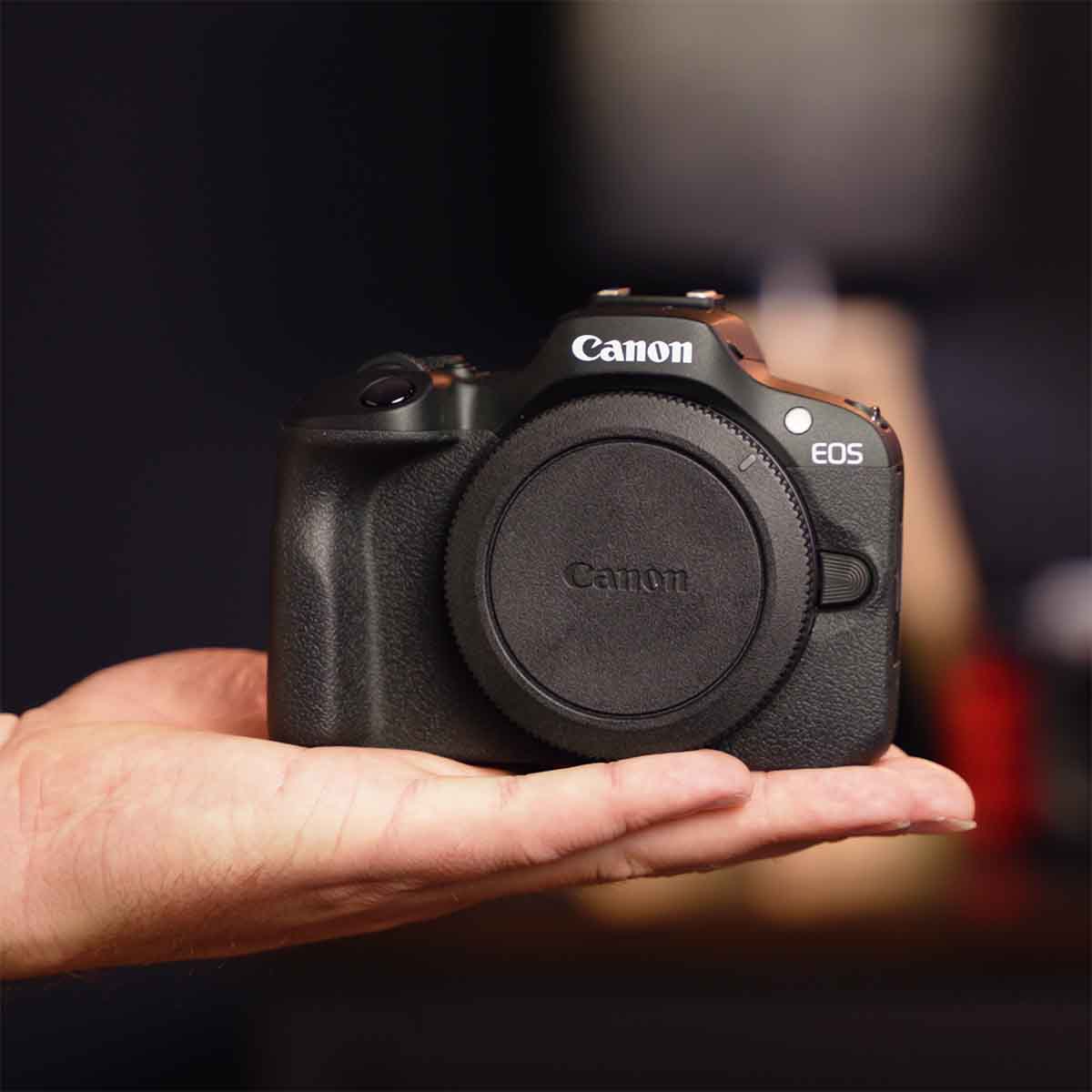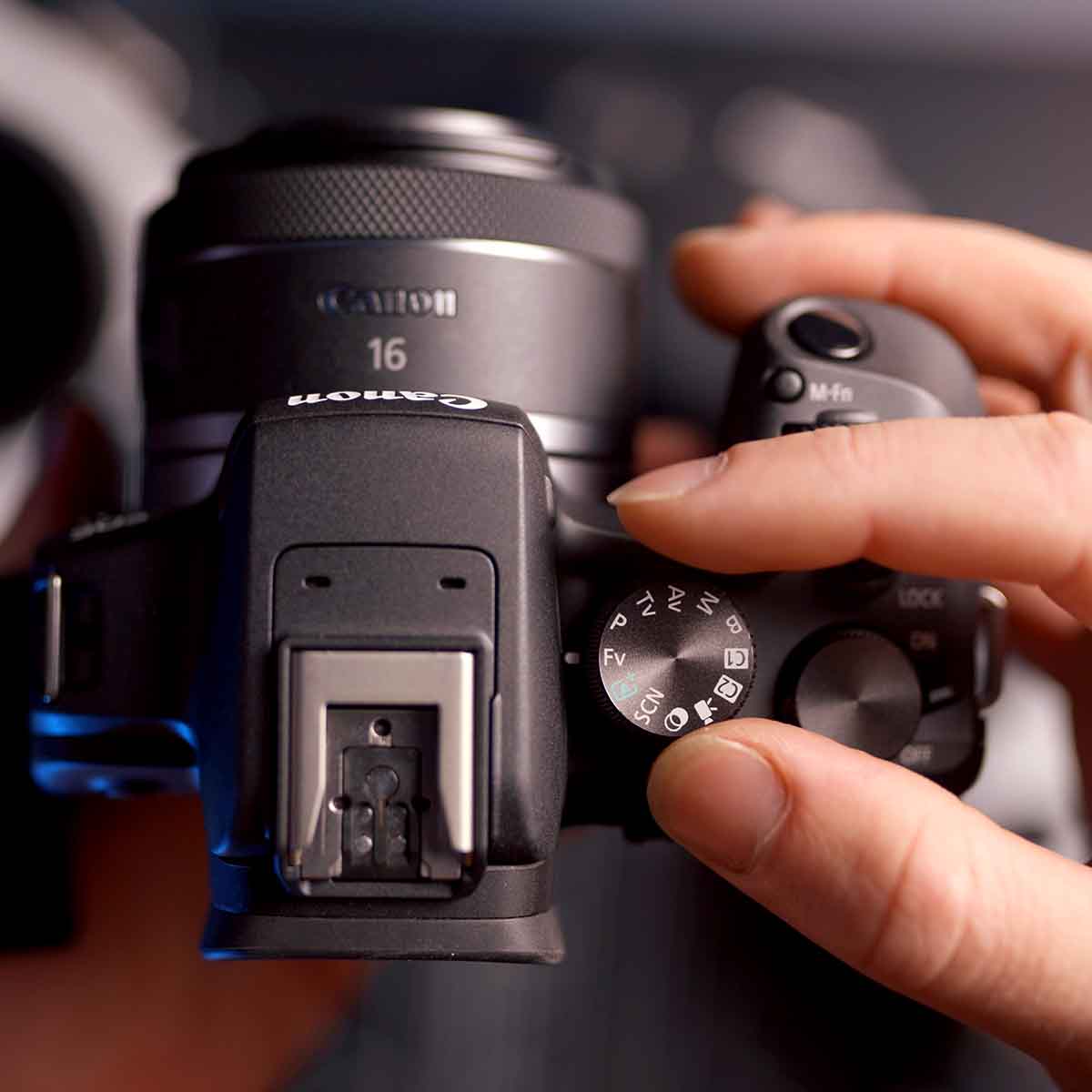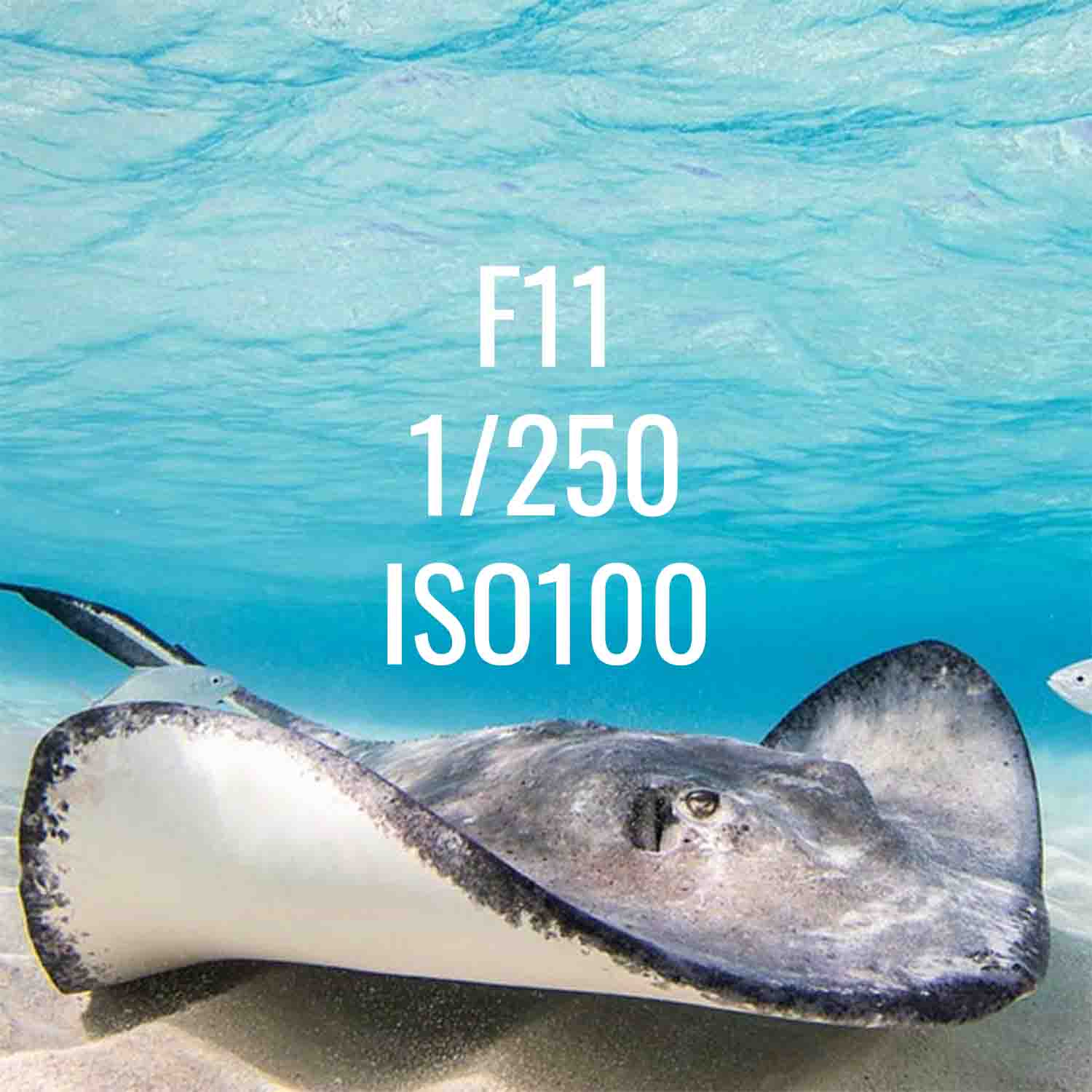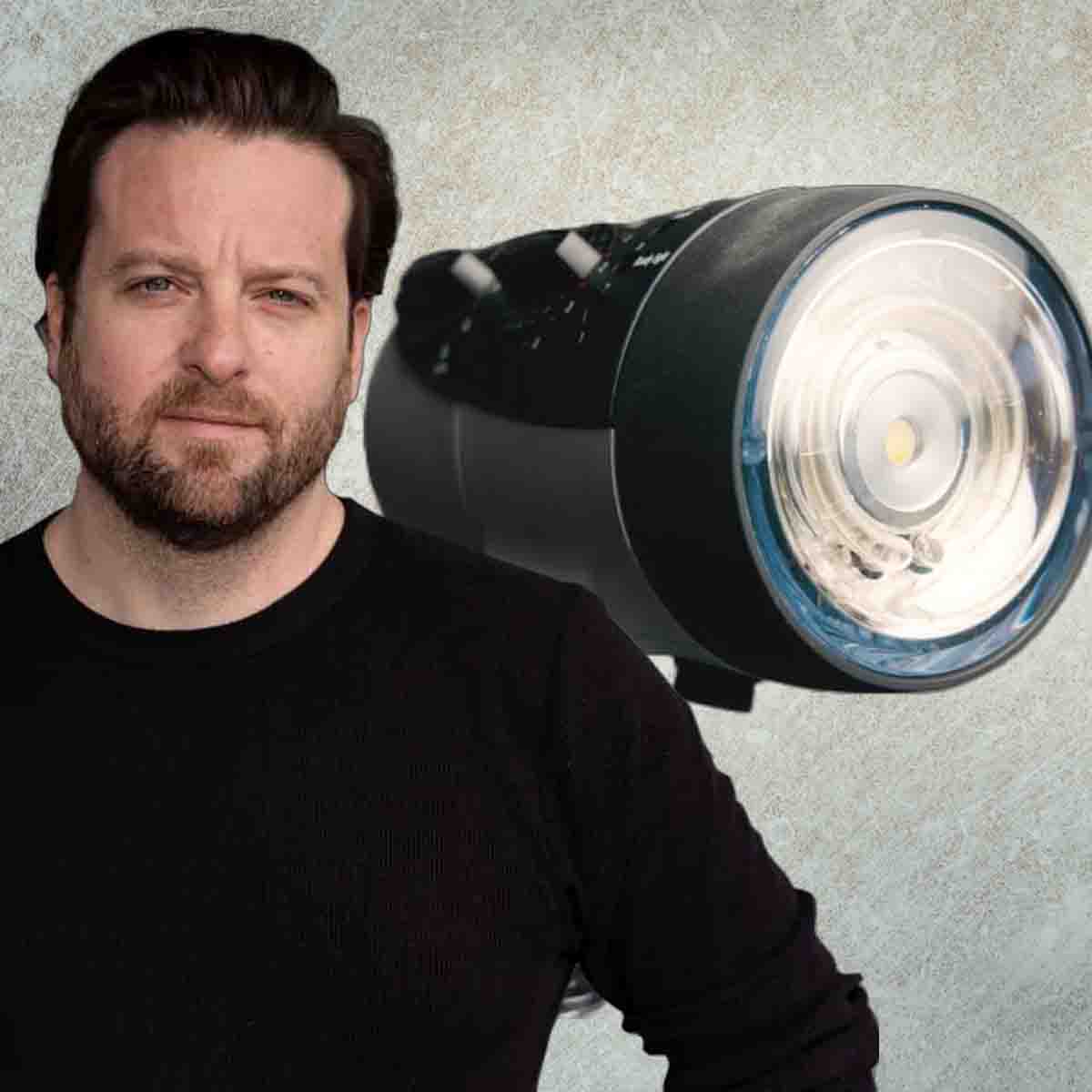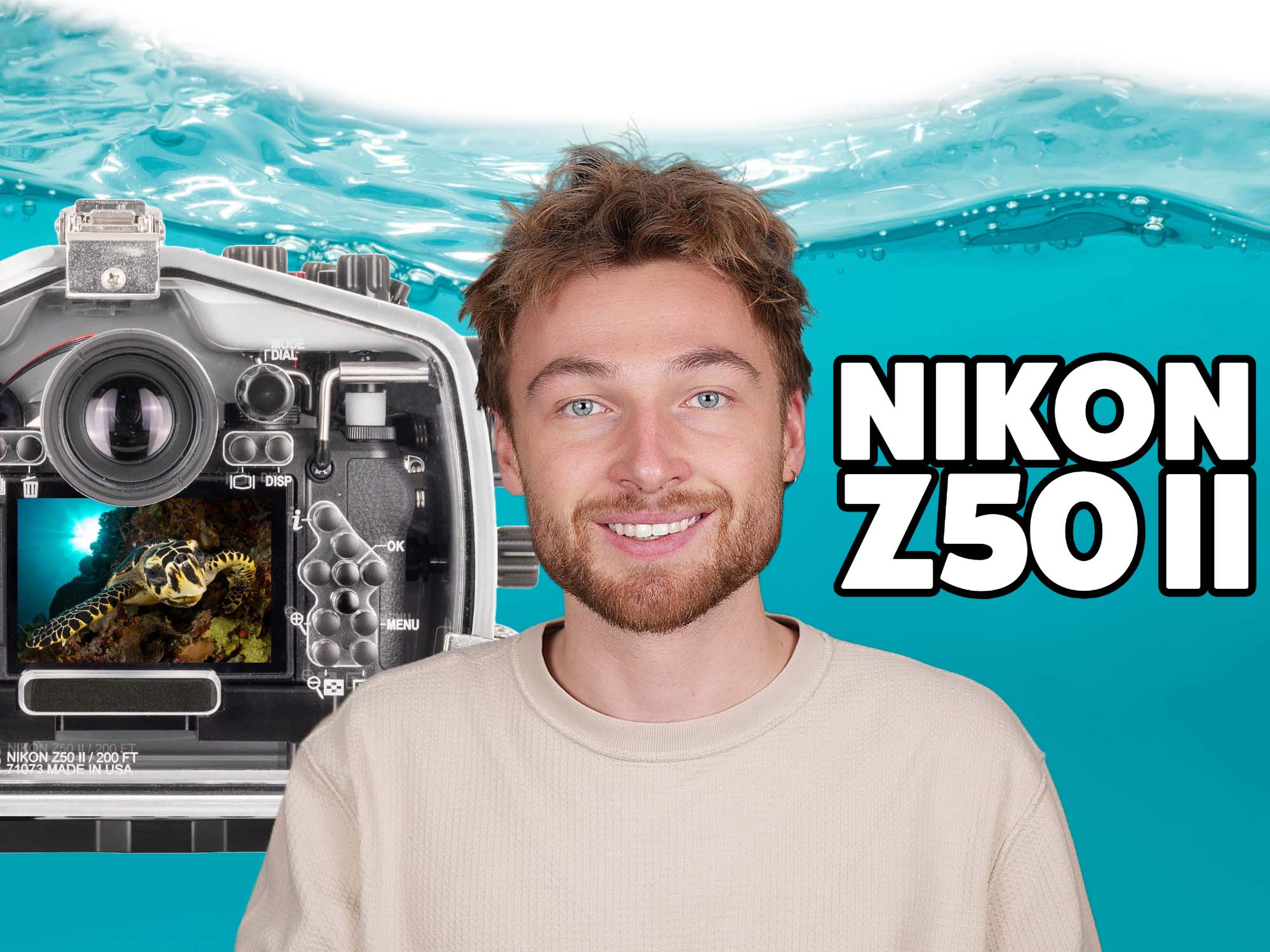Featuring John Brigham
A magnified viewfinder will completely transform the way you shoot your DSLR or mirrorless camera underwater. Magnified viewfinders are more ergonomic than a traditional viewfinder in addition to providing a bigger, brighter view.
Follow along with the video below to see how easy it is to install a viewfinder on your housing, or scroll down to read the video transcript. To find the viewfinder compatible with your underwater housing, reference our Viewfinder Compatibility Chart.
An external accessory viewfinder can enhance the image of your camera's viewfinder by magnifying and brightening it while also providing a negative space for your regulator when you are using the housing underwater.
Whether you're using the Straight or the 45º viewfinder or a DL or DLM housing, the steps will all be the same so let me show you how to put it together.
Removing the Traditional Viewfinder
First thing we're going to do is remove the viewfinder from the housing's clear back. You'll notice that there is a slot in the viewfinder and a corresponding slot on the included Viewfinder Removal Tool that is going to line up. Line up the removal tool with the slot on the viewfinder then simply turn counterclockwise to remove that viewfinder and it will unthread from the back. Make sure to keep this with your spare parts.

The flat end of the viewfinder removal tool will correspond with the two slots on the original viewfinder (pictured). Insert the tool into these slots to remove the original viewfinder.
Attaching the Magnified Viewfinder
Take a moment to inspect the sealing surface on your housing as well as the o-ring and the sealing surface on your accessory viewfinder to make sure that they're clean and free of debris.
I'm also going to take a moment here to take a little bit of the Ikelite lube and I'm going to put it onto the sealing surface where that o-ring is going to make contact. Adding this lubrication to the surface isn't what's creating the seal, but it is going to provide a lubricant so that the o-ring doesn't bunch up as it starts to tighten. It doesn't take a lot of lubricant, just use a small amount, enough to make it shiny. With any excess I have left on my finger, I'll just go ahead and apply that to the o-ring itself. This is a compression seal, but as it makes that final turn and tightens, you don't want the o-ring to kind of bunch up. It will also help provide a nice visual of the o-ring getting compressed when you look at it from the inside.
Start threading the accessory viewfinder onto your clear housing back. Make sure you don't cross the threads, just take your time and make sure that you're getting a nice engagement. Tighten this down until it stops, then we'll finish tightening it down from the inside.
Once the accessory viewfinder has bottomed out, take the back off of the housing. This allows me to get to the viewfinder from the inside. You'll notice there are two prongs on the viewfinder tool, those two prongs are going to correspond to the cutouts in the viewfinder itself. It is important to note when tightening the viewfinder from the inside that "righty-tighty, lefty-loosey" does not apply from this perspective. You're going to want to turn it counterclockwise from the inside to finish tightening it to the back of the housing to create the seal. When you do this, take the opportunity to visually look at that o-ring and you'll see it compress all the way around it circumference.

Finish tightening your accessory viewfinder from the inside using the pronged-end of your viewfinder tool. The prongs correspond with the slots on the side of the viewfinder, pictured here.
Now what we can put the clear back onto the front of the housing and create a vacuum inside to check our work and ensure everything is going to be waterproof.
Creating a Vacuum to Test the Housing
Now we're going to turn our attention to the vacuum valve on the side of the housing. Push the button to release the plug. Insert the barbed end of the hose into that valve, you'll hear it click into place, and then we're going to vacuum the housing.
The exact amount of vacuum that you create isn't critical. What is critical is that there isn't a change in that vacuum. So what we want to look for when we initially create the vacuum is that our needle isn't gradually falling. If the needle is gradually falling, that means that air is getting in and that means that water will get in and we have a problem that we need to address.
I often choose to go to the number 10 and then basically watch for the needle to fall. If the needle isn't falling then I remove the barb and let the housing sit under a vacuum. I don't want the vacuum hose to be part of the test, I want just the housing to be tested. Anytime I take the barb out of the housing, I replace it with the cap and vice versa. The valve is always plugged because you don't want to go to depth with that valve exposed.

It's important to test your housing after installing your new accessory viewfinder, we recommend using the vacuum leak detection system. Remember, it's important to always replace the vacuum valve cap (as pictured) whenever you do not have the vacuum system in active use.
I'll let this sit for as long as I can, oftentimes it'll be overnight, but at least 20 minutes at bare minimum. Then what you want to do after that is you want to take your vacuum, plug it back in and you'll watch the needle immediately jump to right where you left off. Now there is a little bit of air volume in the tube itself. So you may notice that it doesn't go exactly, but just a hair under, but we're looking for it to go back where it came from.
If you're really unsure about anything, keep in mind that you can do a dive without your camera and check for any leaks that way, just as a reassurance. Also note that you won't be able to open the housing while it's under a vacuum. To release the vacuum, you want to reinsert the barb and press the release button on your hand pump, or you can take a non-blunt object and then stick it down in the valve and that will release the vacuum allowing you to open your system.
If you have any questions whatsoever about adding an accessory viewfinder to your housing, feel free to shoot an email to ikelite@ikelite.com.
Additional Viewing
Viewfinder Compatibility for Ikelite Housings
Straight vs 45 Degree Magnified Viewfinder for Underwater Shooting
Switching Between EVF and LCD in Your Underwater Housing for Canon Cameras [VIDEO]
Get Creative: Unconventional Handle and Strobe Setups
How to Shoot Split Shots (Half-In, Half-Out of the Water)
Checking for Housing Leaks Using a Vacuum Pump and Valve
 John Brigham is the Vice President & head of product development at Ikelite. He was born with a flair for design and an entrepreneurial spirit as son of Ikelite founder Ike Brigham. He worked his way up in the business and is a natural fit in the R&D side of things. John dives the equipment as much as possible to test product and put himself in the "fins" of the user. You may also find him on the other end of an email or phone call when you reach out for product advice and support. When he's not underwater he's flying drones, setting off rockets, training his German Shepherd "T2", and spending time with his family.
John Brigham is the Vice President & head of product development at Ikelite. He was born with a flair for design and an entrepreneurial spirit as son of Ikelite founder Ike Brigham. He worked his way up in the business and is a natural fit in the R&D side of things. John dives the equipment as much as possible to test product and put himself in the "fins" of the user. You may also find him on the other end of an email or phone call when you reach out for product advice and support. When he's not underwater he's flying drones, setting off rockets, training his German Shepherd "T2", and spending time with his family.

